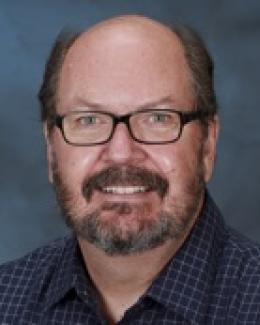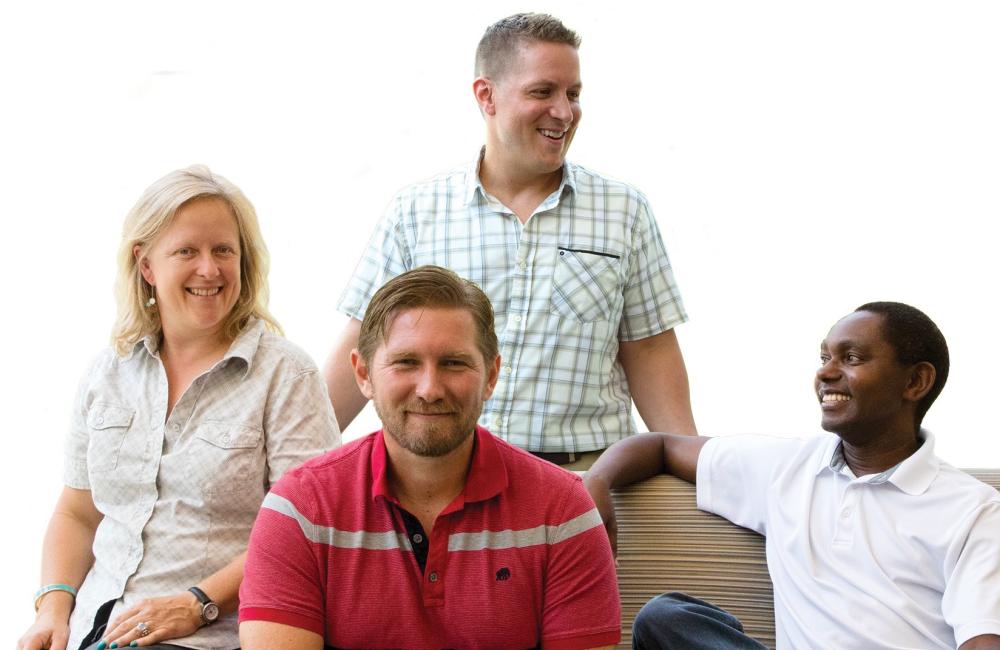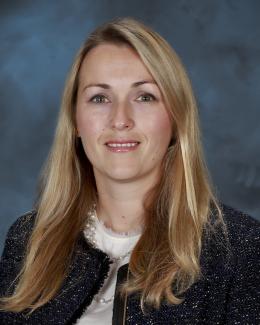ORNL's young researchers
ORNL prepares young researchers to lead
ORNL’s Olga Ovchinnikova saw an opportunity early this year during a one-on-one meeting with Thomas Zacharia.
 Zacharia, the lab’s deputy for science and technology, makes a point of sitting down with young scientists. Ovchinnikova, a chemical physicist in ORNL’s Center for Nanophase Materials Sciences, used the time in part to make the case for advanced microscopy equipment.
Zacharia, the lab’s deputy for science and technology, makes a point of sitting down with young scientists. Ovchinnikova, a chemical physicist in ORNL’s Center for Nanophase Materials Sciences, used the time in part to make the case for advanced microscopy equipment.
She had just been heavily involved in getting one high-tech chemical imaging device up and running—a mass spectrometer that focuses a pulsed ion beam on a sample to obtain detailed surface information—but for years ORNL researchers had been trying to obtain another powerful device: a monochromated aberration-corrected scanning transmission electron microscope. This new tool would visualize vibrational energy and provide insights into magnetic excitations and chemical bonding, and it would complement the lab's strength in neutron scattering.
“I was telling Thomas that we’re not really taking full advantage of the instrument,” Ovchinnikova explained. “We could be real leaders in chemical imaging and imaging in general, and we could be better at leveraging our technologies. In terms of characterizing and understanding chemical functionality, you can’t just have one tool.”
Not only did Zacharia listen, he asked Ovchinnikova to shepherd a proposal for the new machine. Working with her colleagues and managers, and integrating years of groundwork done by other imaging scientists into one story, she handed in the document within two weeks, Zacharia agreed with their recommendation, and the new electron microscope is expected in September 2016.
Bringing young scientists into the fold
This story is noteworthy not only because it brought in a device that will greatly strengthen the lab’s imaging capabilities, but also because Ovchinnikova has been a staff scientist here for only four years.
“This is an example where early-career scientists are talking to the top level in the lab,” said Moe Khaleel, ORNL’s director of institutional planning. “They’re not making the decisions, but they’re influencing the decisions. It’s a very nice thing when you realize that, as an early-career scientist, if you have the right thoughts, the right level of energy, things can happen.”
Others also see the value in ORNL's young researchers. Four recently received Early Career Research Program awards from DOE's Office of Science.
ORNL works to mentor its young scientists and engineers, giving both lab staff and postdoctoral researchers the opportunity to share ideas and learn skills they will need in the research world. The strategy can be seen in approaches ranging from regular classroom opportunities in grant and proposal writing to the inclusion of early-career staffers in decision-making committees.
The strategy helps young researchers, certainly, but it also helps ORNL.
“Sixty-seven percent of the laboratory’s scientific population has been here less than 10 years,” Zacharia explained. “It is their future. Giving them a sense of ownership for the trajectory of the laboratory is very important so they can take great pride 10 years from now, 15 years from now, knowing they shaped how this institution evolved.”
One major component of this support is the opportunity to guide and conduct ORNL-funded research under the Laboratory Directed Research and Development program. According to John Neal of the lab’s Office of Institutional Planning, early-career researchers are well represented in the program both as principal investigators and within the committees that guide the program.
Neal also noted that the lab's Named Fellowship program, which operates within the LDRD program, gives a limited number of outstanding postdoctoral researchers the opportunity to spend a significant portion of their time conducting research on a topic of their choosing.
These opportunities give young researchers the tools they need to later seek funding outside the lab.
“If you give me an LDRD as an early career, you’re using your internal resources to grow me as a principal investigator,” Khaleel said. “Then I become more competitive on the outside. It’s good for us, and good for the individuals.”
As Neal points out, committee posts may offer just as fruitful an experience.
“Not only do they learn the internal process,” he said, “but one of the best ways to learn how to write better proposals and give better presentations is to watch a lot of people do so. You can see what works and what does not from the other side of the table.”
Postdocs get their due
The mentoring process is important not just for staff researchers. ORNL has also spent the last three years revamping the program for its 300-plus postdoctoral researchers. According to Ian Anderson, ORNL’s director of Graduate Education and University Partnerships, the lab wanted to avoid two common pitfalls of postdoc hiring: treating the young researchers as cheap labor without giving them the opportunity to grow in their careers and treating them as permanent postdocs.
“A postdoc is still a training position,” Anderson said. “These are not yet full-fledged scientists; they still need that last bit of training to be able to run on their own. And they are not just a cheap pair of hands.”
Among changes brought to the program, postdocs are now encouraged to participate in a wide range of professional-development activities that can help them further their careers. They hold postdoctoral positions for two or three years only, and they cannot have had more than one previous postdoctoral appointment.
In addition, they have their own organization. The Oak Ridge National Laboratory Postdoctoral Association sponsors events including a research symposium and a career fair and fills a position on the postdoc program’s advisory committee from among the postdoc community.
Encouraging researchers to stay
For ORNL the commitment to helping young scientists and engineers is a way both to retain talented individuals and to generate goodwill. Anderson noted, for instance, that most ORNL postdocs will not stay at the lab; nevertheless, those who have a positive experience will enhance the lab’s reputation.
For researchers who stay, the presence of new opportunities and a supportive community may help keep them at the lab.
“What we’re trying to do is create a labwide environment to retain them,” Khaleel said. “If your colleagues are people who are pushing the envelope on technology and science, you want to be part of that. So what we’re trying to do is create these forums where they can dialogue, talk, work together, and so on.”
Ultimately, if ORNL does right by its young researchers, they will be in a better position to do right by the lab.
“Today I am closer to the end of my career than to the beginning,” Zacharia said. “My biggest priority is to help these early-career staff realize their potential and the promise that they have, because their success is the success of this institution. It’s also the promise of a better future. That’s why it’s very important.”
See also:




